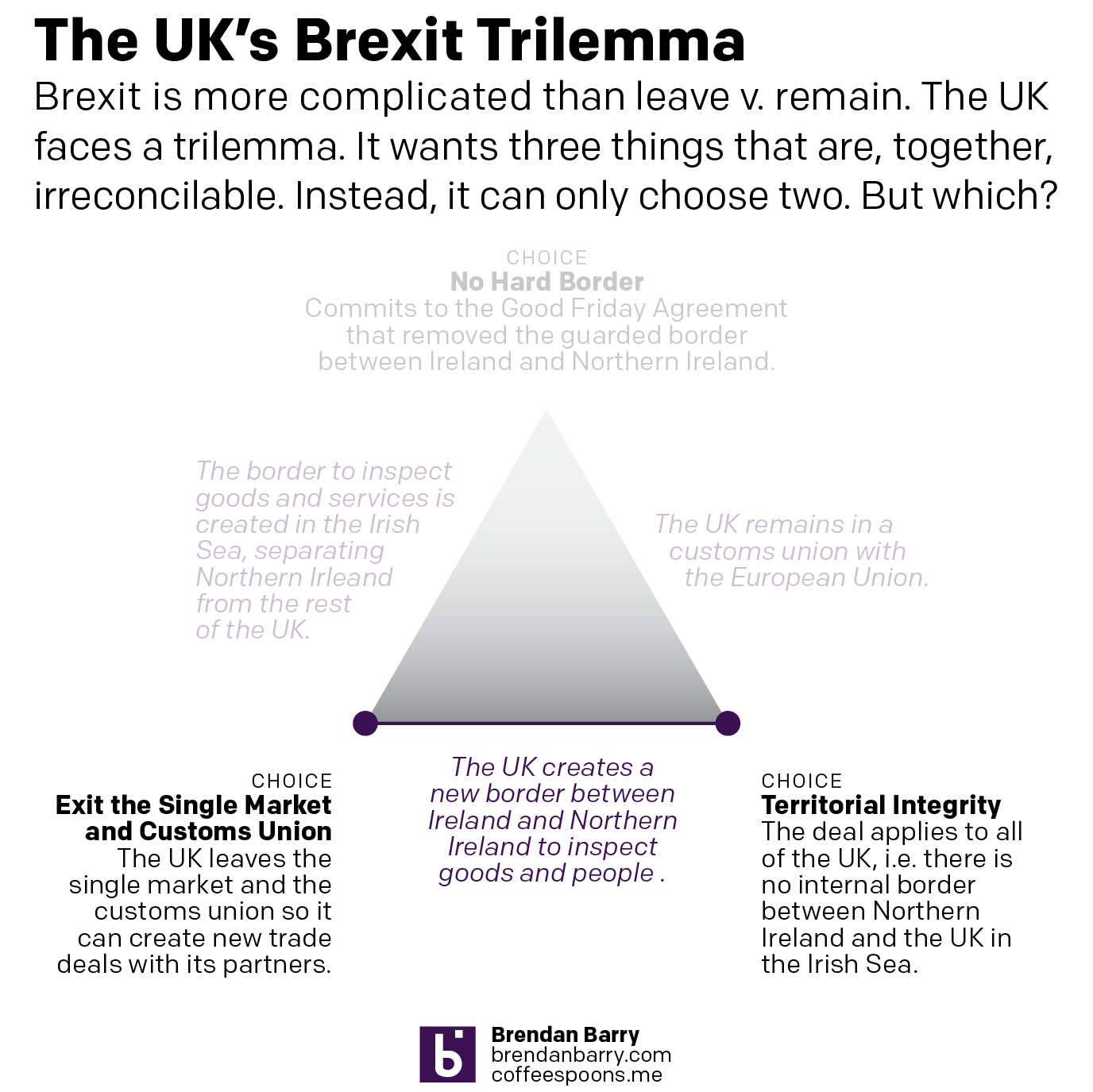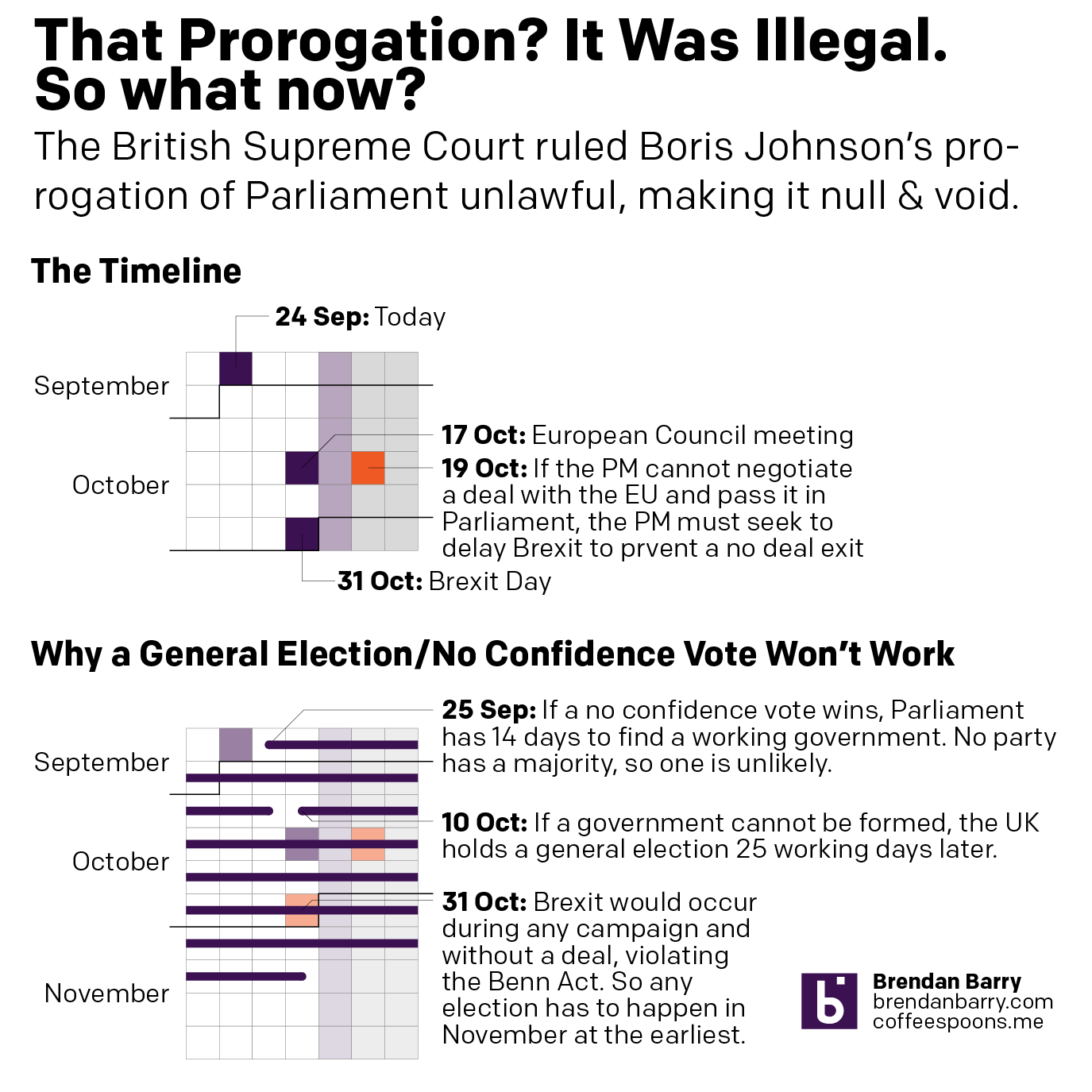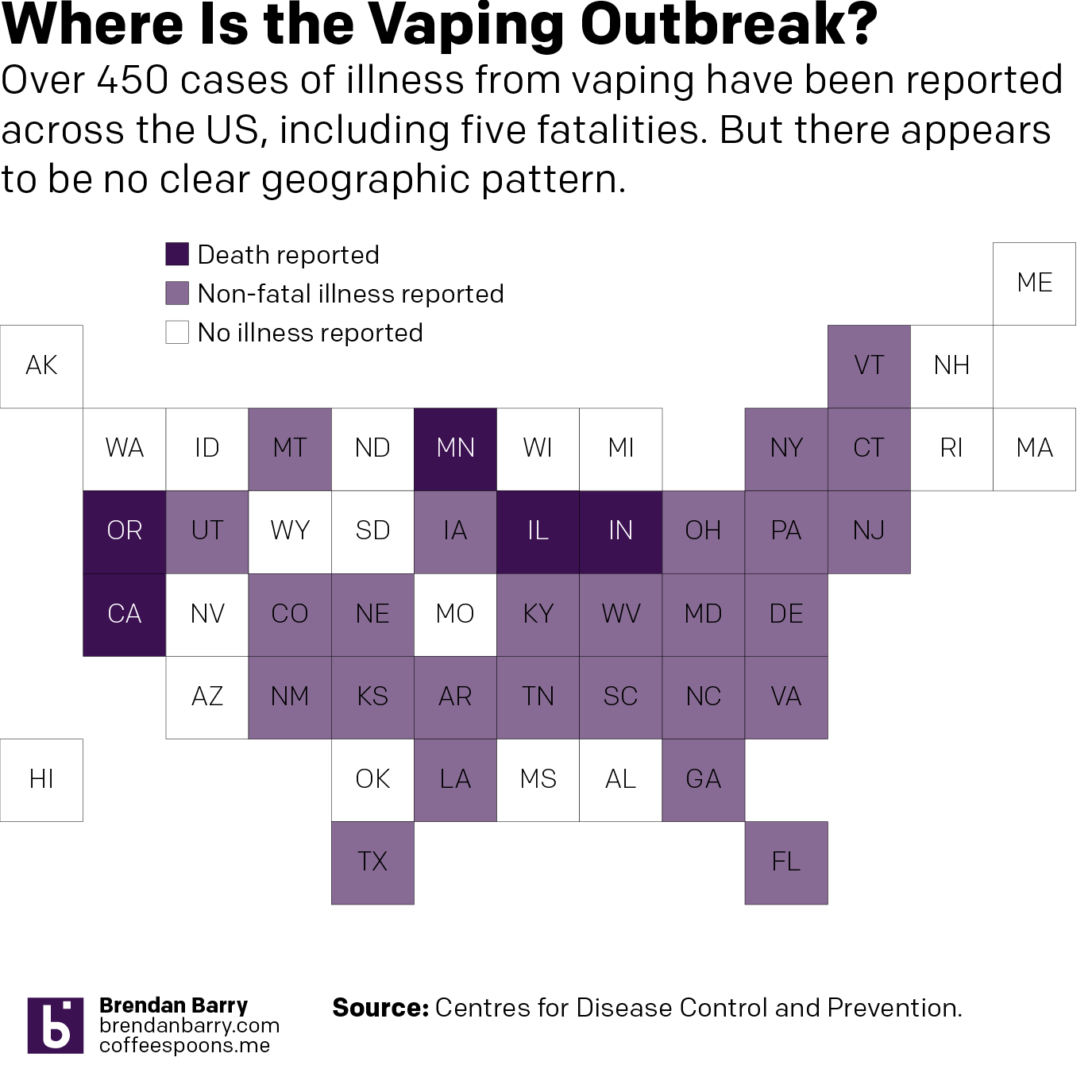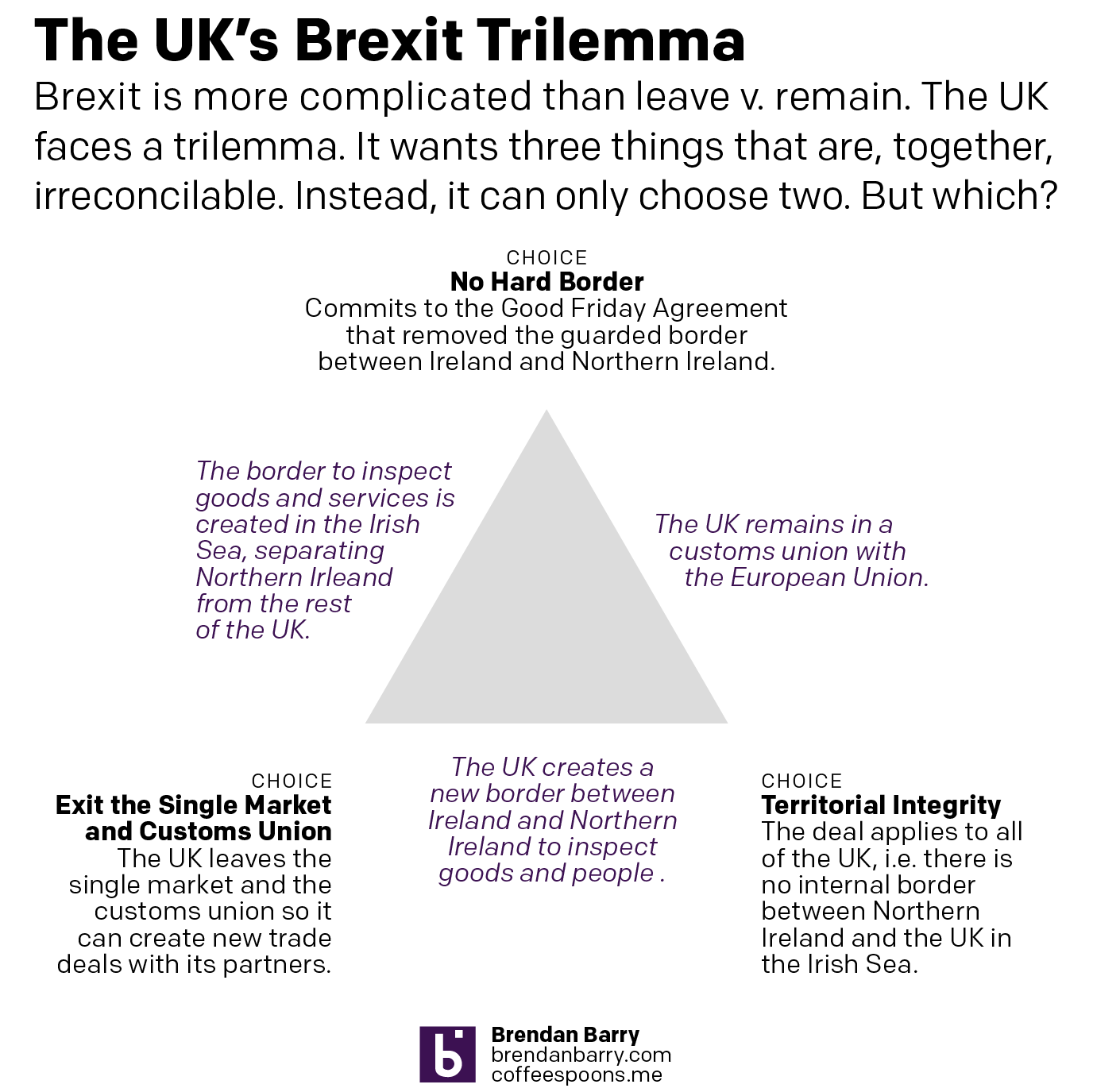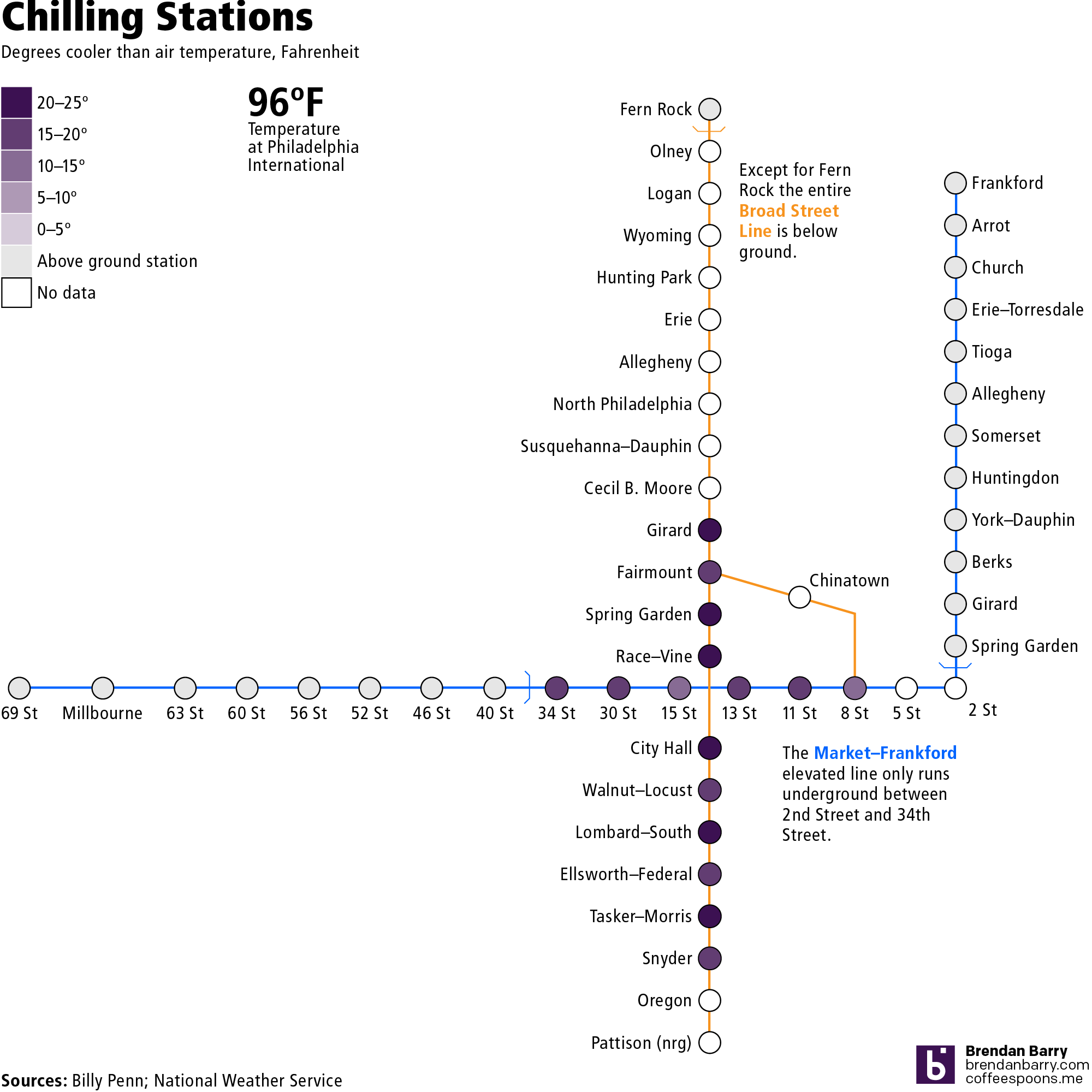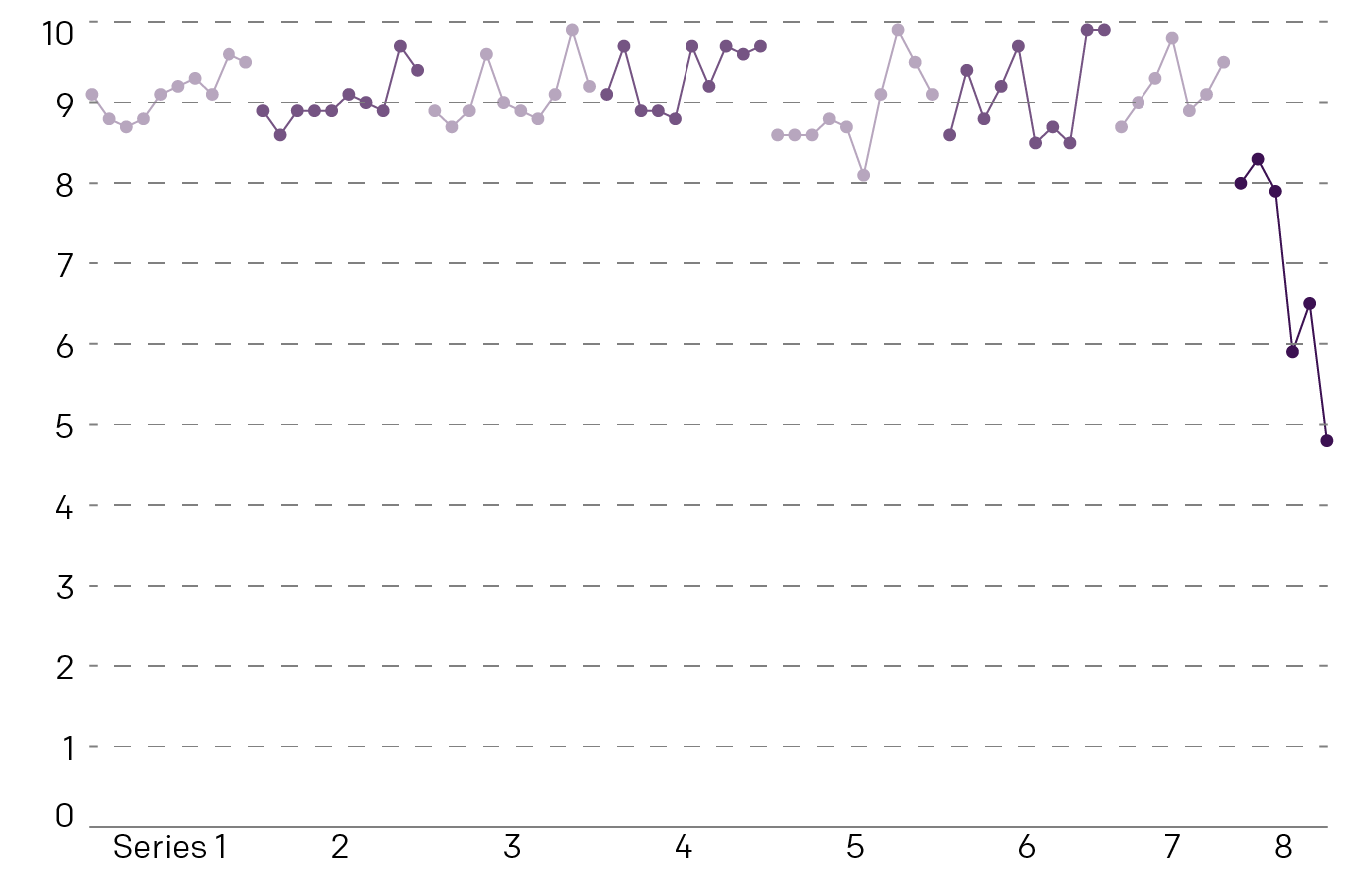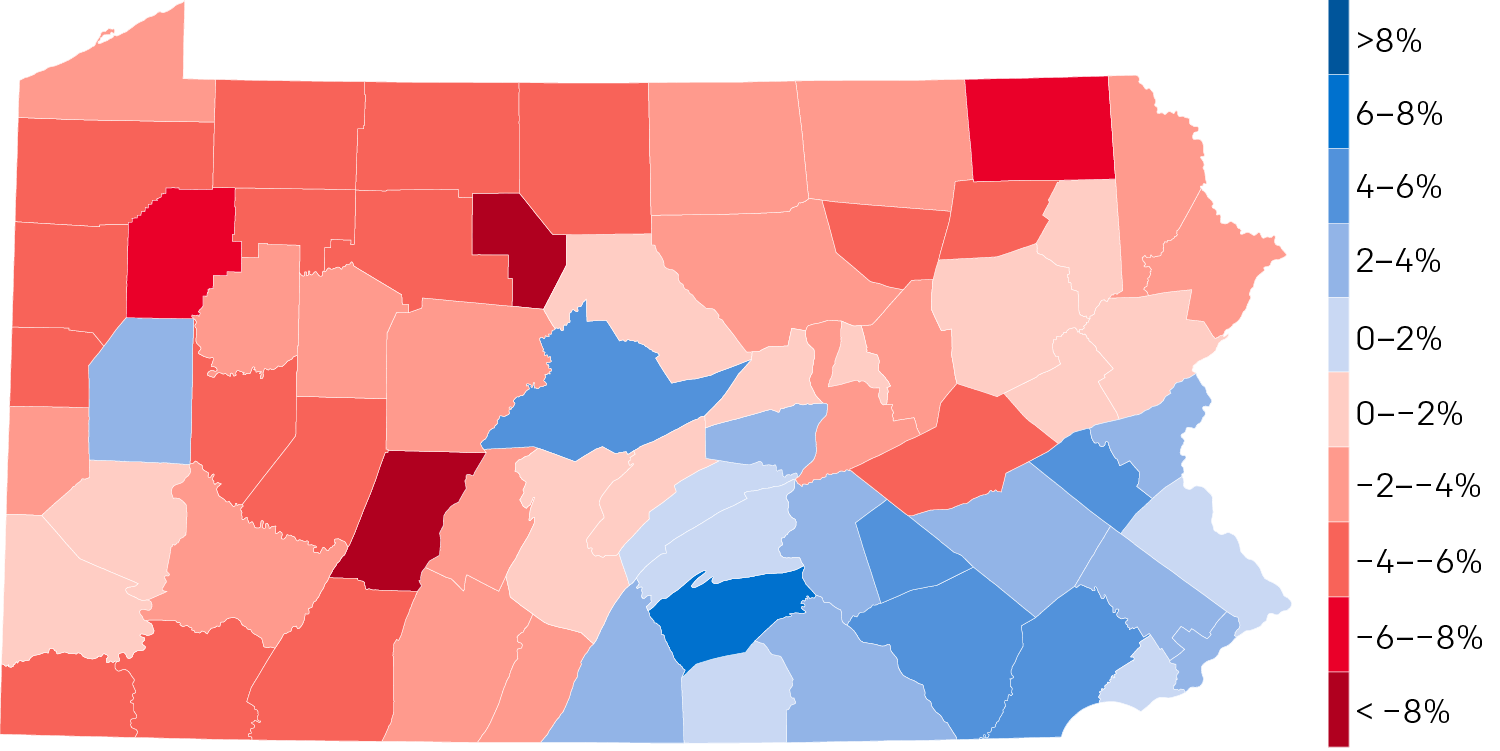As many of you are aware, one of my personal interests is in genealogy and my family history. And sometimes, data visualisation can help make sense of my research. This past weekend, I was looking through some of my notes on my great-great-great-great-grandfather, a man named Stephen Remington.
One of the outstanding questions is who was his wife, a woman named Eliza Ann. Her surname might be either Garretson or Caustin. So I used a timeline of Stephen’s residences to see if any his residences overlapped with similar surnames. It sort of did, but not until after the year he married her. So still more work is needed.
But then I decided with a few tweaks I could actually plot out where he lived, because he lived all over. His earliest years are a bit of a mystery, because his parents are both unknown and they both died during Stephen’s youth.
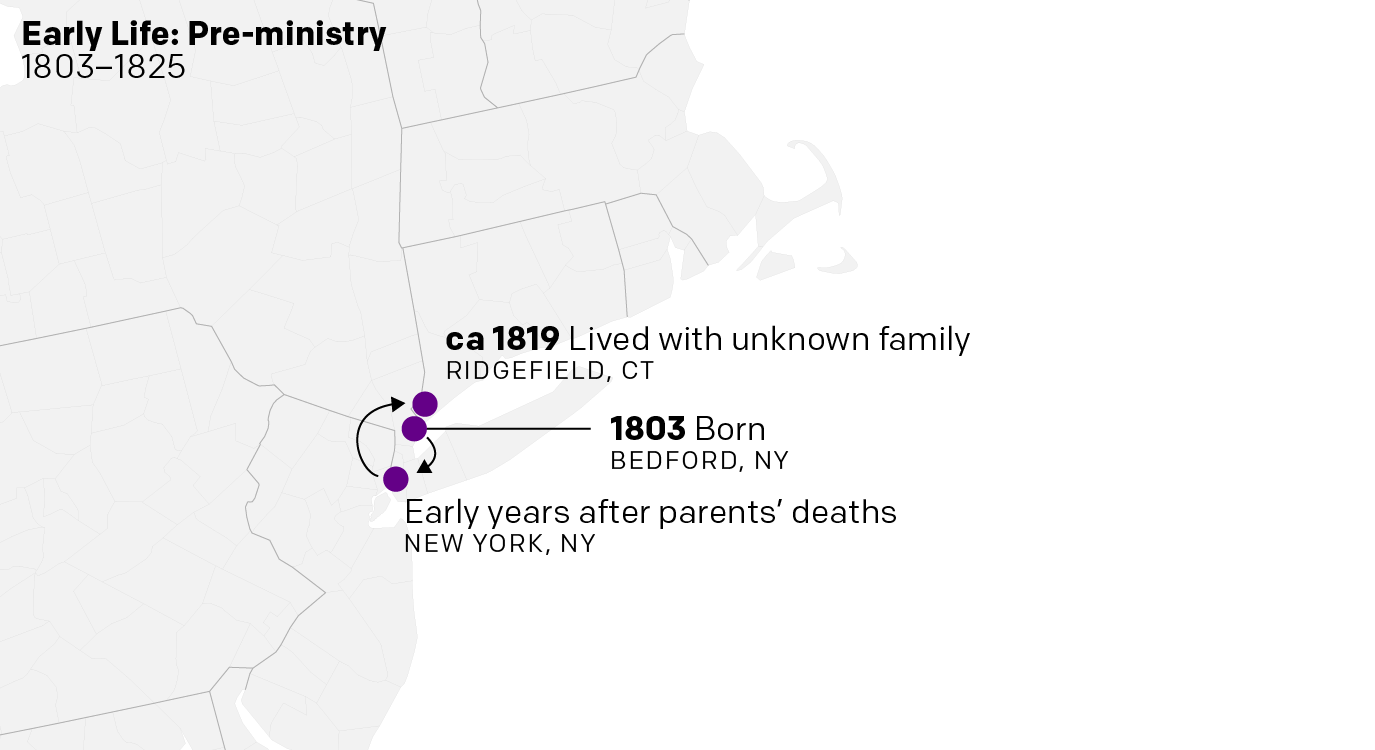
In his earlier years he was what was called a circuit rider. Before there were large, dense settlements of people, the rural and frontier people relied upon essentially travelling ministers. The ministers had a responsibility for a small (sometimes large) area. And early in Stephen’s life his circuit riding kept pushing him north up the Hudson River with occasional postings back to New York City.
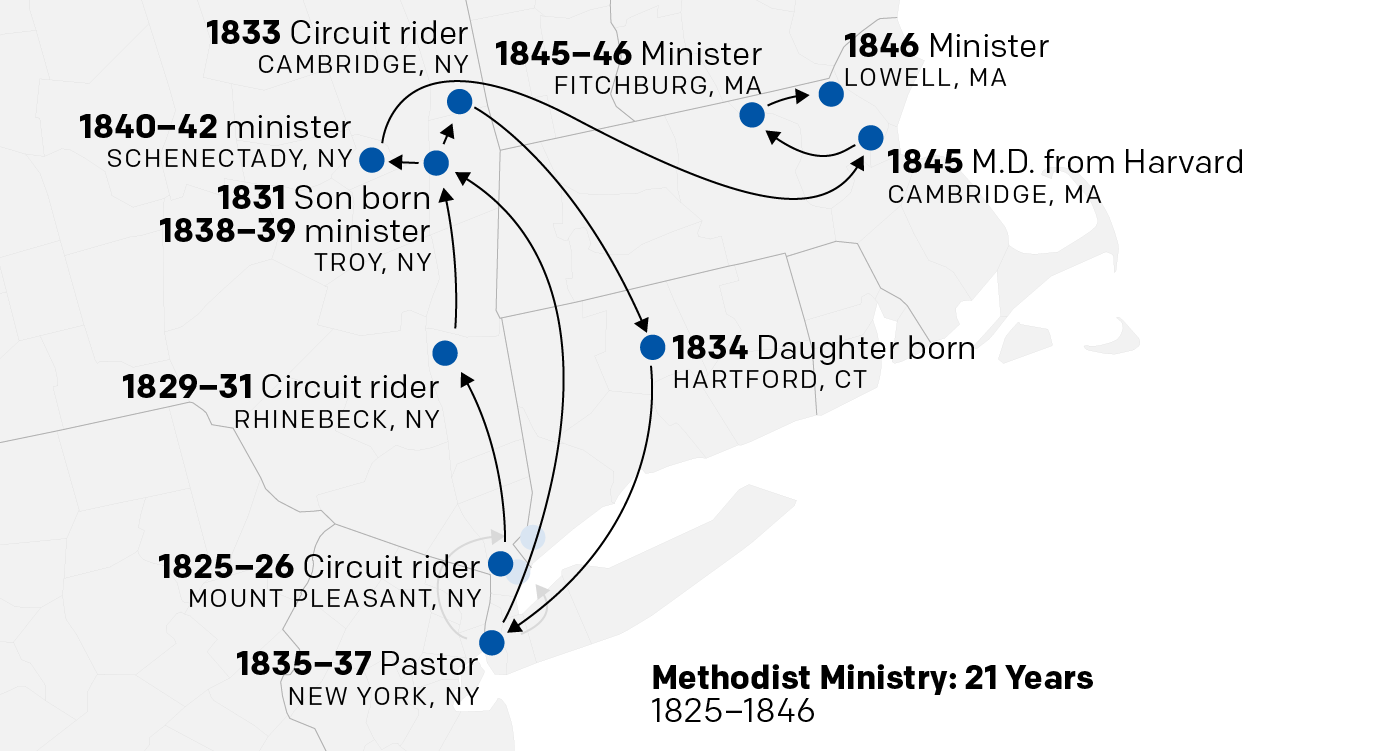
Eventually, however, he ended up preaching in Massachusetts, where he separately earned his medical doctorate from Harvard University. He practiced medicine on the side for years. Then in 1846 he converted from the Methodist church to the Baptist church. He wrote about it in a notable book/pamphlet: Reasons for Becoming a Baptist.
From then he became an itinerant pastor, never staying at a single congregation for more than five years or so. He travelled from New York to Philadelphia to Louisville for several months then back to New York.

He preached as a Baptist for twenty-plus more years before finally settling in Brooklyn, where he died at the age of 66. He lived all over the mid-Atlantic, especially the Hudson River Valley. And while he returned to places over the years, notably New York City, he appears to have never stayed in one place longer than maybe five years.

As for Eliza, she died in 1850. But I wonder if she may be related to a cluster of Garretsons that lived in Rhinebeck, which included the famous Reverend Freeborn Garretson, a circuit riding Methodist minister.
The daughter born in Hartford is my direct ancestor. She eventually married a man in New York City with the surname Miller. Then, after having a son (my next direct ancestor), she upped and moved to Wisconsin and married another man with the surname Miller, who was not related to the first. There is talk of a divorce, but no record of it. Could she have been a bigamist? That’s a story for another day.

